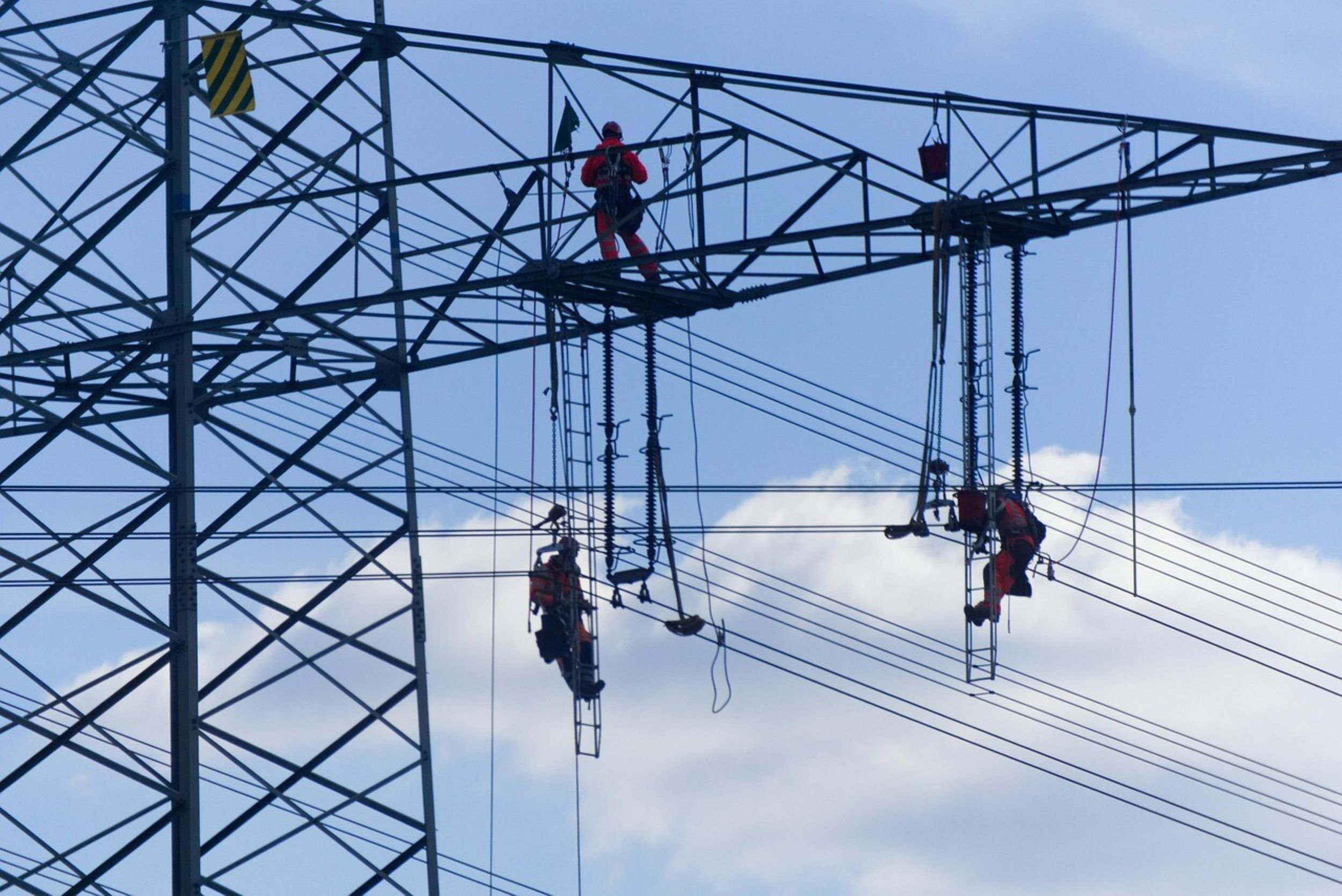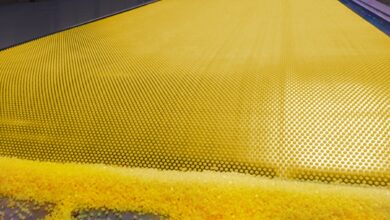Fixing the core of national electrical grids

Iranpolymer/Baspar Electricity grids across the globe, especially in the US and Europe, face great challenges to upscale their transmission capacity to meet the needs of developing technologies. In many places, electrical lines are 40 or more years old. The gap between EU electricity consumption in 2023 and the European Commission’s ‘Fit for 55’ forecast demand is estimated at around 900 terawatt hours, a quarter of last year’s budget.
Electrical infrastructure doesn’t come with a quick fix either. The average duration between granting permission for and commissioning renewable power plants is around five years, whereas new electrical lines, with bases, towers, and conductors, take eight to ten years. Grid owners need other options to react faster to these changes and avoid untenable downtime and increase capacity by 25% by 2030, as ‘Fit for 55’ requires.
Reconductoring existing electrical lines
One way to expand the transmission capacity of the existing network is to reconductor the lines. Reconductoring with advanced composite core conductors allows Transmission System Operators (TSOs) to transmit more electricity and reduce energy losses without altering structures, like powerline routes or towers. This approach will decrease the project costs by minimising construction work.
Urban centres where extensive infrastructural work is most difficult consume a lot of power day and night. Residential and commercial development around electrical lines prevents electrical contractors from building new lines, so maximising existing conductors’ transmission capabilities is the only approach to help supply meet demand.
Reconductoring also requires less comprehensive planning permission than the construction of new electrical lines. Fewer regulations control its execution, limiting the red tape involved and helping the push for fast upgrades.
Reconductoring with advanced conductors with carbon fibre cores also helps TSOs tackle operational costs by reducing transmission losses by between 20 and 50%. Increased transmission efficiency links to sustainability as less over-production is required to meet the demand.
Composite materials support reconductoring
Reconductoring is possible with advanced conductors. Using strong, lightweight carbon fibre composite as the conductor core allows the use of a greater cross-section of annealed aluminium, which means increased flow for electrical current.
The increased flow of electricity raises the conductor’s temperature. In the case of traditional conductors, this makes the metals expand and causes lines to sag. The problems presented by sagging, especially in urban areas, are obvious and tightly regulated. Luckily, carbon fibre cores’ excellent tensile strength and very low coefficient of thermal expansion earn them the HTLS classification: high temperature, low sag.
Carbon fibre conductor cores are divided into single-wire and multi-wire categories. While single-wire cores are better known and still a slightly more economical option, TSOs are increasingly turning their interest towards the second-generation multi-wire cores for their safety and robustness.
Safety is an important factor, as especially the single-wire cores are more prone to break during installation, if not properly handled. However, the flexibility of the multi-wire solution is more similar to the traditional steel core conductors, significantly increasing safety during installation and use.
By replacing ageing steel core conductors with alternatives using carbon fibre, TSOs can boost power networks’ carrying capacity to serve the increasing demand, be it new data centres or modern homes, with less construction work.
interplasinsights






